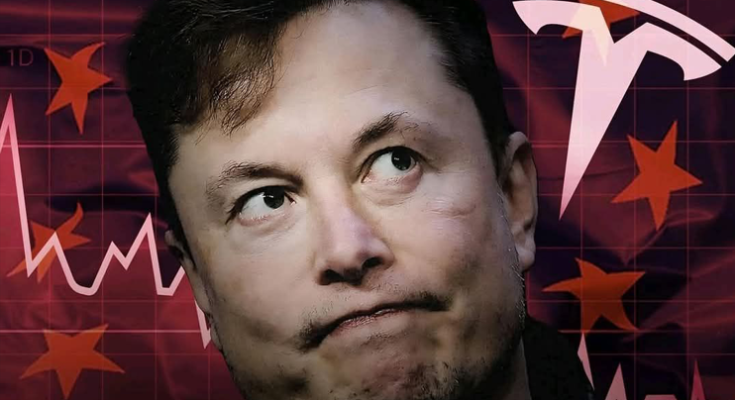Tesla has encountered a significant sales downturn, with January 2025 figures revealing a sharp 45% drop. The company sold only 9,945 units during the month, marking one of its worst performances in recent years. This slump has had a direct impact on Tesla’s stock, which has already fallen by 23% since the start of the year, raising investor concerns about the company’s financial health and future growth.
:max_bytes(150000):strip_icc()/GettyImages-1459166551-ce898f4cd2e04caab74bf5e6ba108605.jpg)
The challenges Tesla faces are not limited to the U.S. market. Globally, the electric vehicle (EV) giant is struggling with waning demand, increased competition, and economic uncertainties. To counteract the slowdown, Tesla has introduced aggressive price cuts across multiple models, including the highly anticipated Cybertruck. The company slashed Cybertruck prices by up to $6,000 in an attempt to attract more buyers. However, this move has sparked further debate about whether Tesla’s pricing strategy is sustainable in the long term.

Despite the price reductions, Tesla’s Cybertruck remains ineligible for federal EV tax credits, making it less competitive against other electric trucks that qualify for incentives. Additionally, the growing stockpile of unsold Cybertrucks suggests that consumer interest may not be as strong as initially anticipated. Potential buyers are also reportedly concerned about the vehicle’s unconventional design, production delays, and real-world performance.
As Tesla navigates these challenges, questions remain about whether further price cuts, new incentives, or updated strategies will be enough to revive demand. With increased competition from legacy automakers and new EV startups, Tesla must find innovative ways to maintain its market dominance and reassure investors that it can sustain profitability despite ongoing hurdles. The coming months will be critical in determining whether the company can rebound or if deeper issues will continue to weigh on its performance.



